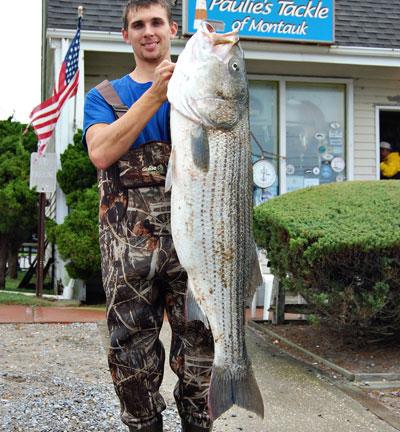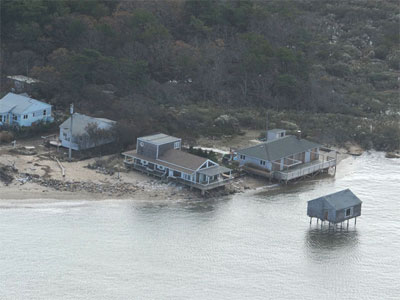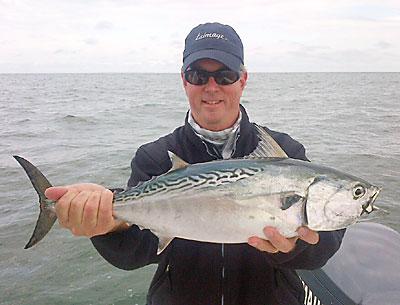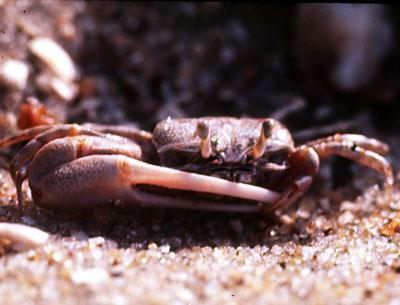Nature Notes: A Man Ahead of His Time
Nature Notes: A Man Ahead of His Time
Nowadays, we hardly listen to our elders. Everybody wants to fast-track to the top, and young people speak a different language than us senior citizens. Everything is “cool,” but is it really? Before there was a host of school and post-school activities to attend and try to be good at, life was simple. It wasn’t easy, but it was simple. You worked hard and got along.
There were a few wise individuals who would be called prophets in the Biblical past; they proselytized to the rest of the community and tried to keep the train from leaving the track.
Every community had a couple of them. East Hampton was particularly rich in self-made sages, but in the early and middle 1900s, one stood out above the rest. He was a man of the earth who grew up in Springs. He fished and farmed while managing to also get an education. He was one of two boys in his senior class prior to graduation.
His first 17 years were idyllic. He had the kind of boyhood that many don’t experience. When he wasn’t working, he wandered. He observed nature, fished, crabbed, clammed, hunted, and read widely. Most of all he was a very sagacious observer. And what he saw, he remembered. Much of it he wrote down, the way an old-time whaling captain meticulously recorded each day’s activities in the ship log.
When you’re a boy and exploring, every little nook and cranny is worth investigating. Thus was Ferris Talmage’s penchant for seeking out this and that. Springs was mostly farmland and woodlands. Cattle grazed the meadowlands surrounding Accabonac Harbor and waterfowl were common. Ferris knew every little spot of interest in Springs and in one of his writings, “The Springs, In the Old Days: The History of a Long Island Village,” he wrote every one of them down. Many have since disappeared — they were either built on, filled in, or paved over. Notwithstanding the fact that I spent 28 years working for the Town of East Hampton, many of these places were new to me or, at least, the old Bonac names were new to me.
Who today knows of Bellyache Swamp, Willow Hill? Molly’s Hill, where Stephen Talkhouse came into being? Shadom, Gunk Hole, Green Spot, Little Low Drink, Squaw Cove, Sage Island, Great Meadow, James’s Spring, Plato’s Island, Old Slough? There are many more. Ferris knew them all intimately.
Farming became his primary trade. He grew just about everything and he knew soils. One might say that it was by dint of his day-to-day communing with the farmland and forest lands that he became a soil conservationist, then blossomed into an all-encompassing conservationist. By the mid-1950s he was already espousing the wonders of the local soils, the loams deposited by the forces of glaciation and the loess deposited by the the winds. In a day when the agricultural colleges were pushing artificial fertililizers, in the same way they pushed DDT and other powerful, but very toxic post-World War II pesticides, Ferris stuck to the old ways. Indeed, he first began farming when menhaden were still being used as fertilizer, not to mention the leavings of livestock and chickens.
He once proclaimed that it takes at least 100 years to make good soil, and in the same breath, bemoaned the new practice of artificial fertilization and pesticide applications, thinking that good soils would be degraded in a very short time by such practices. His words and actions were prophetic. His predictions of 60 years ago ring true today. The surface waters lining the shores of Long Island are overly rich in nitrogen. Brown, red, and purple tides are coloring waters that were once blue.
Stuart Vorpahl, in my eyes, almost as wise and prophetic as Mr. Talmage, was one of Ferris’s students upon leaving the Coast Guard. He remembers the days when he was still a young man and when he sat in Ferris’s living room and listened and shared what he had to say.
Later in life and even after he lost his vision, Ferris became more and more active. In the days before just about everybody was becoming an ecologist, Ferris was an environmentalist of the old school. It’s a pity that so few East Hamptoners took advantage of the knowledge he so generously shared; we’d be much better off today if we had.
Luckily, some of his wisdom did rub off, however. East Hampton, when compared to towns in western Suffolk County and Nassau County and many localities across the country and throughout world, is in pretty good shape. Not everyone has become a lawyer or deals in real estate. There are still fishermen and farmers working the waters and the soils. I’m optimistic. You have to be, don’t you?




